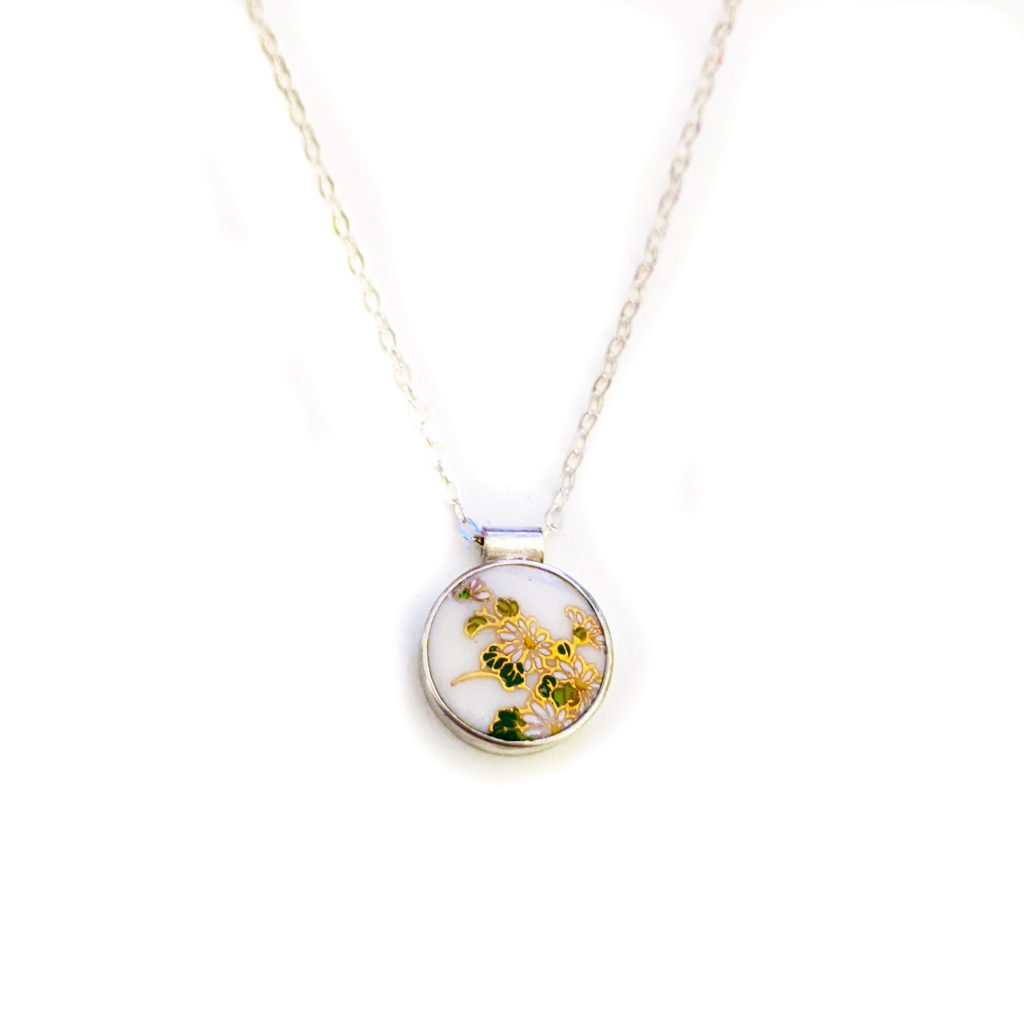Patterns and styles evolved, and by the late 15th century arrangements were common enough to be appreciated by ordinary people and not only by the imperial family and its retainers.
Ikebana, in the beginning, was very simple, constructed from only a very few stems of flowers and evergreen branches. This first form of ikebana is called kuge (供華).
Styles of ikebana changed in the late 15th century and transformed into an art form with fixed instructions. Books were written about it, “Sedensho” being the oldest one, covering the years 1443 to 1536. Ikebana became a major part of traditional festivals, and exhibitions were occasionally held.
The first styles were characterized by a tall, upright central stem accompanied by two shorter stems. During the Momoyama period, 1560–1600, splendid castles were constructed. Noblemen and royal retainers made large decorative rikka floral arrangements that were considered appropriate decoration for castles.
The Rikka (立花; “standing flowers”) style was developed as a Buddhist expression of the beauty of landscapes in nature. Key to this style are nine branches that represent elements of nature. One of rikka arrangement styles is called suna-no-mono (砂の物; sand arrangement).
When the tea ceremony emerged, another style was introduced for tea ceremony rooms called chabana. This style is the opposite of the Momoyama style and emphasizes rustic simplicity. Chabana is not considered a style of ikebana but is separate. The simplicity of chabana in turn helped create the nageirebana or “thrown-in” style.
Nageirebana (投入花; “thrown-in flowers”) is a non-structured design which led to the development of the seika or shoka style. It is characterized by a tight bundle of stems that form a triangular three-branched asymmetrical arrangement that was considered classic. It is also known by the short form nageire.
Seika (生花; “pure flowers”) style consists of only three main parts, known in some schools as ten (heaven), chi (earth), and jin (human). It is a simple style that is designed to show the beauty and uniqueness of the plant itself. Formalization of the nageire style for use in the Japanese alcove resulted in the formal shoka style.
In Moribana (盛花, “piled-up flowers”), flowers are arranged in a shallow vase or suiban, compote vessel, or basket, and secured on a kenzan or pointed needle holders, also known as metal frogs.
Jiyūka (自由花; “free flowers”) is a free creative design. It is not confined to flowers; every material can be used. In the 20th century, with the advent of modernism, the three schools of ikebana partially gave way to what is commonly known in Japan as “Free Style”.
Read more here: https://en.wikipedia.org/wiki/Ikebana

